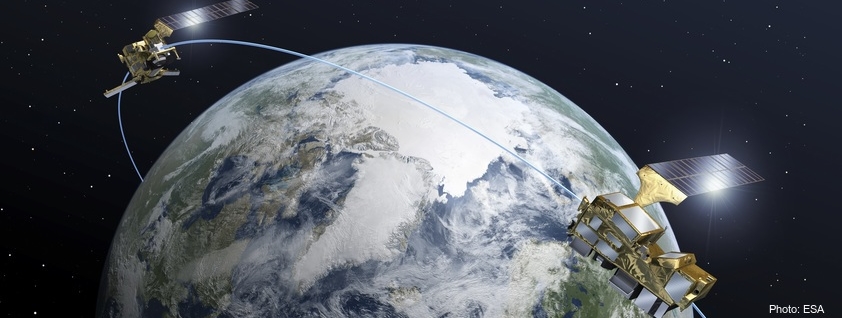Aerosol data assimilation

Aerosol data assimilation integrates aerosol observations into atmospheric chemistry models. This can be used to provide optimal initial conditions (aerosol analyses) to improve aerosol and weather forecast, as well as to monitor current and past states of the atmosphere (through aerosol reanalyses).
Summary
Aerosol data assimilation aims to obtain the best estimate of current aerosol atmospheric concentrations (aerosol analysis) which can be used to initialise chemistry models and improve prediction of atmospheric constituents and of the weather. It also aims to create datasets describing the recent history of the aerosol atmospheric constituents (aerosol reanalysis) which are useful to monitor long-term changes and to perform diagnostic analysis of the earth environment. Aerosol data assimilation is also useful to calibrate chemistry models through the optimisation of uncertain model parameters or to design observing systems for atmospheric composition examining the observation impact in observing system simulation experiments.
The motivation for aerosol data assimilation arises from our limited understanding of physical processes in the atmosphere. Thanks to the recent advances both in model development and computational power, computer simulations today are able to provide a description of the atmospheric constituents at unprecedented fine spatial and temporal scales. However, and in view of the significant impact aerosols have on ecosystems, on economical activities, on health, and on weather and climate, uncertainties in aerosol modelling are still too high. In parallel to model developments, progress has been made in recent years in the observing system and retrieval algorithms for atmospheric constituents, including aerosols. The future enhancement of global aerosol observation systems promises exciting perspectives for improved aerosol speciation, vertical distribution and temporal coverage. Still, aerosol measurements suffer of insufficient temporal resolution and coverage for a complete global monitoring and, by their nature, lack predictive skills. Data assimilation can be used for the optimal integration of model simulations and observations taking into account their respective uncertainties.
As a first step towards data assimilation in a complete aerosol chemical transport model, we are developing data assimilation for mineral dust, a prominent type of aerosol, running an ensemble-based data assimilation technique known as Local Ensemble Transform Kalman Filter (LETKF). Ensemble-based techniques have the advantageous feature of using flow-dependent model error amplitudes and structures which evolve during forecast. Moreover, LETKF has the peculiarity to perform the analysis locally and is a data assimilation technique particularly suited to high-performance computing applications. Our ensemble implementation is based on known uncertainties in the physical parametrisations of the emission scheme, as uncertainty in the emission term is particularly high for mineral dust modelling.
Objectives
- Advancing modelling and prediction of atmospheric constituents
- Improving model parameters and the characterisation of their uncertainty
- Assessing the benefit of using ensemble-based forecast to improve the quantification of model uncertainties
